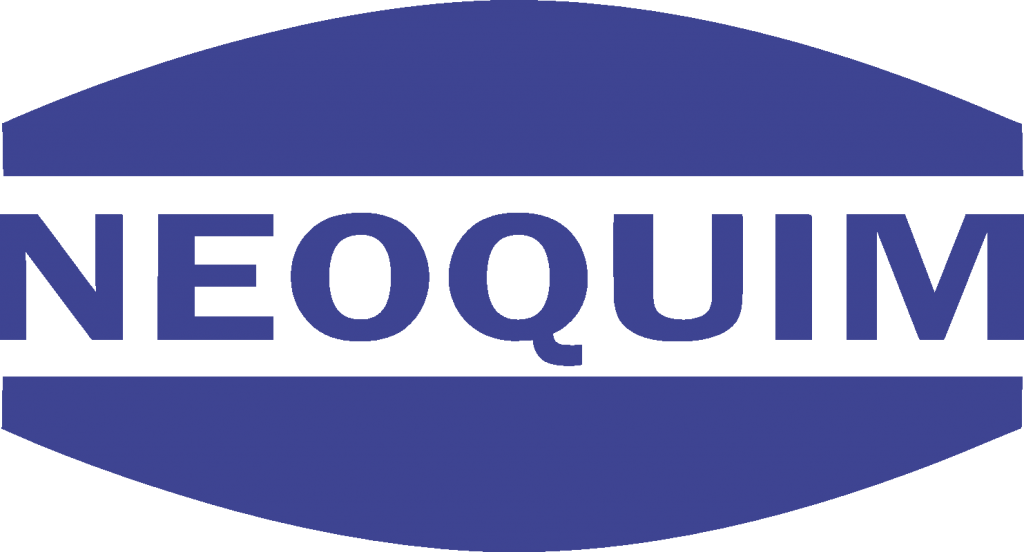The LIFO reserve account, which is adjusted annually, tracks the difference between LIFO and other inventory methods, such as FIFO. As inventory costs rise, the LIFO reserve typically increases, reflecting the growing gap between the LIFO inventory value and what it would be under the FIFO method. By using this method, ABC Ltd. accounts for these increased costs in its inventory valuation. The company values its ending inventory at the current, higher market prices.
Understanding the LIFO Reserve
This method takes into account the total dollar value of the stock items, hence neutralizing the inventory valuation against the effect of inflation or deflation. The dollar-value LIFO method is a variation on the last in, first out cost layering concept. In essence, the method aggregates cost information for large amounts of inventory, so that individual cost layers do not need to be compiled for each item of inventory. Under the dollar-value LIFO method, the basic approach is to calculate a conversion price index that is based on a comparison of the year-end inventory to the base year cost.
Disadvantages of the Dollar-Value LIFO Method
It allows companies to match current costs with current revenues, providing a more accurate reflection of profitability. Companies must adopt other inventory valuation methods for international reporting, which can increase complexity and affect tax planning. The LIFO reserve is a key concept for companies using the LIFO method as their inventory valuation method. It represents the difference between the inventory value calculated under the LIFO method and what it would be under other inventory valuation methods, such as the FIFO method. This reserve is recorded as a contra-asset account on the balance sheet and is directly linked to the inventory account.
Are there any risks associated with using a dollar-value lifo calculator instead of manual calculations?
- Lower ending inventory values mean that the total assets reported will be lower.
- Unlike LIFO, which focuses on the most recent purchases, average cost reduces the impact of fluctuating prices on the cost of goods sold and inventory valuation.
- However, remember, the chosen base year doesn’t influence the dollar value of the inventory; it’s only a point of reference.
When comparing Dollar-Value LIFO to other inventory valuation methods, it’s essential to consider the unique advantages and drawbacks each method offers. FIFO, for instance, is often praised for its simplicity and straightforward approach. By assuming that the oldest inventory items are sold first, FIFO typically results in lower COGS and higher net income during periods of rising prices. This can make a company appear more profitable in the short term, which may be appealing to investors. However, this also means higher tax liabilities, as the lower COGS increases taxable income. Knowing what is LIFO helps companies choose the right inventory accounting method to reflect their inventory costs and improve cash flow.
This involves grouping similar items together, and then calculating the value of the inventory based on the dollar value rather than the quantity of individual items. This difference can cause confusion between inventory tracking and inventory valuation, since reported costs do not always match actual stock flow. If your business sells merchandise from inventory, your choice of cost flow assumption can affect your gross profits.
Calculating LIFO in Practice
- At first glance, the Dollar Value LIFO formula may seem a bit tricky, but once each component of the formula is dissected and understood individually, the understanding becomes effortless.
- Companies that use the dollar-value LIFO method are those that both maintain a large number of products, and expect that product mix to change substantially in the future.
- LIFO aligns recent, often higher, inventory costs with current sales revenues.
It provides a different view of the balance sheet than other accounting methods such as first-in-first-out (FIFO). In an inflationary environment, it can more closely track the dollar value effect of cost of goods sold (COGS) and the resulting effect on accrued expense journal entry net income than counting the inventory items in terms of units. The reduction in taxable income and subsequent tax payments can improve operating cash flow. This is a crucial consideration for businesses that prioritize cash flow management. Improved cash flow can provide more flexibility for capital expenditures, debt repayment, and other strategic initiatives. Unlike LIFO, which focuses on the most recent purchases, average cost reduces the impact of fluctuating prices on the cost of goods sold and inventory valuation.
Simplifying the Process of Dollar Value LIFO Steps
In periods of rising prices, LIFO results in the highest costs and therefore the lowest taxable income. Under LIFO, each time you purchase or produce new inventory, you create a new layer of costs. LIFO liquidation occurs when you exhaust your most recently obtained inventory and must dip into older cost layers, thereby reducing your COGS and increasing your taxable income. The dollar-value LIFO method is a variation of standard LIFO in which you pool inventory costs by year. The dollar-value LIFO method is an inventory accounting approach where the latest inventory layers are assumed to be sold first, reflecting current costs in the cost of goods sold (COGS).
This method may only suit specific industries where inventory quantity and value changes aren’t closely correlated. Additionally, companies should avoid creating unnecessary inventory pools to prevent increased complexity and costs. LIFO ranks among the common inventory valuation methods businesses use to manage inventory costs and report on financial statements. This inventory accounting method decides how to assign costs to goods sold and how to value remaining inventory on the balance sheet. Using the LIFO method can significantly influence a company’s balance sheet, particularly in how inventory costs and values are reported. This lower inventory valuation results in a higher cost of goods sold and, therefore, lower taxable income—offering potential tax savings for the company.
Your base-year ending inventory is $200,000, and since the base year is the first year, the change from the previous year is zero. In Year 2, your physical inventory has a cost of $299,000, which you deflate to $260,000 by dividing it by the Year 2 cost index of 115 percent. The real-dollar increase in inventory is $260,000 minus $200,000, or $60,000.
To maintain accuracy in its financial records, the retailer uses dollar-value LIFO to evaluate its inventory at year, beginning inventory it and subsequent year’s beginning inventory end. At StudySmarter, we have created a learning platform that serves millions of students. Meet the people who work hard to deliver fact based content as well as making sure it is verified. According to the Dollar-Value LIFO method, the inventory value at the end of the current year is $53,000.
However, it is not clear whether the company actually has more inventory or if it simply paid more and the actual quantity in ending inventory is the same or less than beginning inventory. To determine the correct $value LIFO ending inventory and cost of goods sold, qunatity increases must be separated from price increases. An inventory pool is a grouping of inventory items based on their physical similarities or general category. When calculating the dollar value of the inventory, all items within the same pool are considered collectively, rather than individually.
This example also makes it explicit that the Dollar Value LIFO method isn’t just about the physical quantity of the inventory. While implementing this method, the focus should be on the fluctuations in price levels and their impact on the inventory’s dollar value. The process of applying the Dollar Value LIFO method might seem overwhelming at first, particularly due to its distinctive steps. what are accrued expenses and when are they recorded However, comprehending each of these steps diligently will equip you with a practical understanding of this powerful inventory management tool.
Finally, compare the converted ending inventory with the previous year’s ending inventory to compute any increase. If the converted ending inventory value is less than the previous year’s value, it implies the erosion of a previous layer, following the LIFO principle. Record the ending inventory at the end of bookkeeping software free: free accounting software and online invoicing each subsequent year based on the prices existing at that time. You will compare this ending inventory with the prior year’s inventory to calculate any changes in the dollar value.

